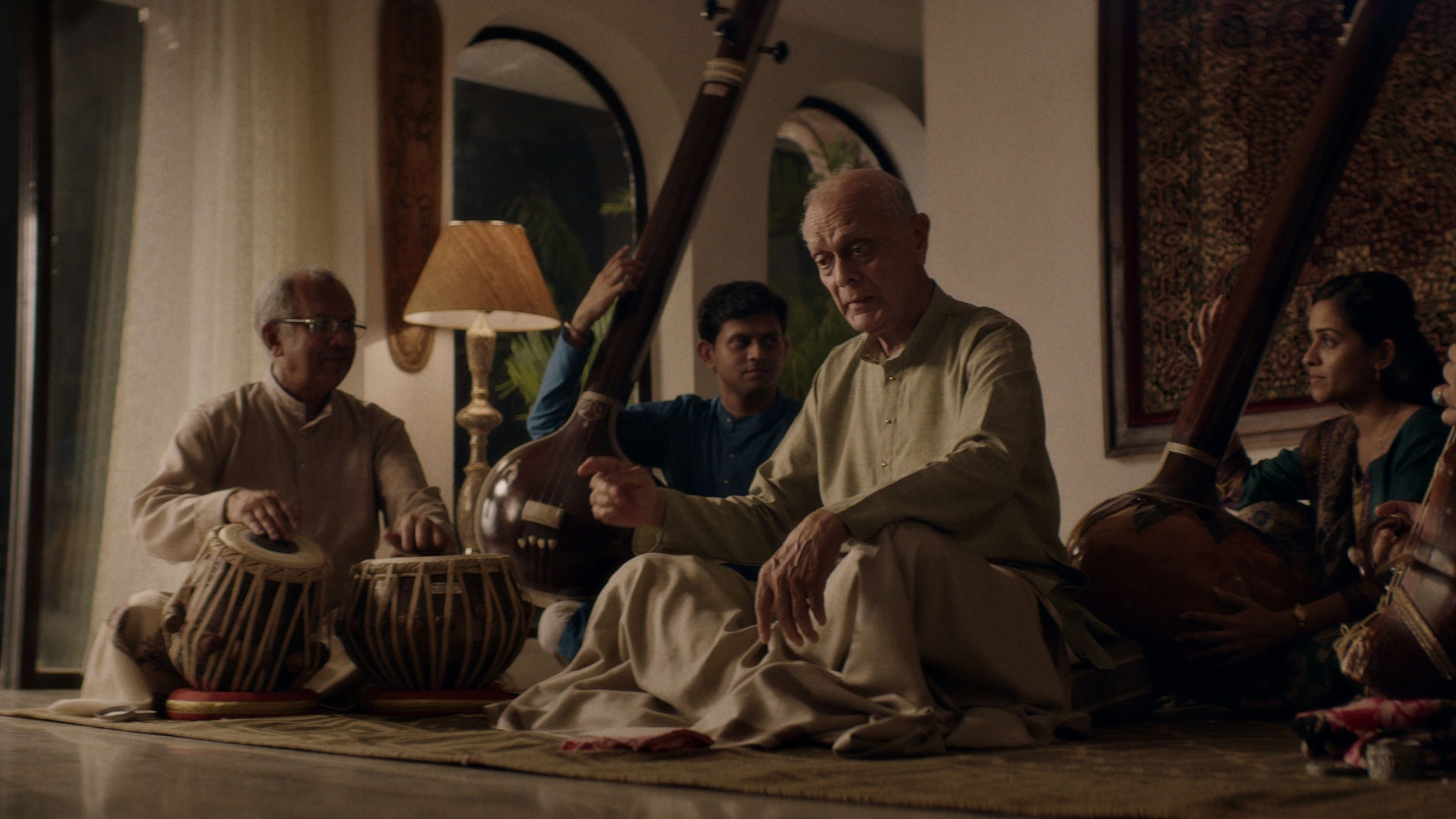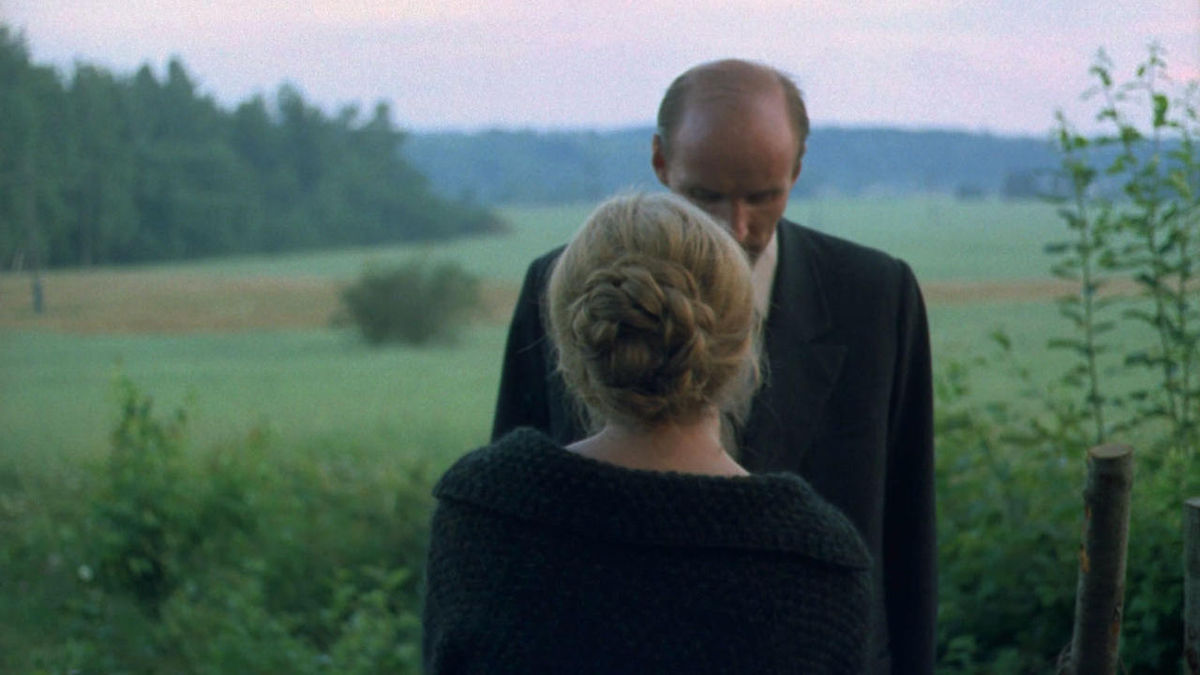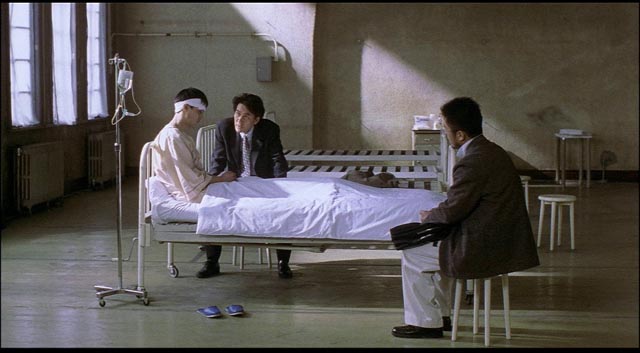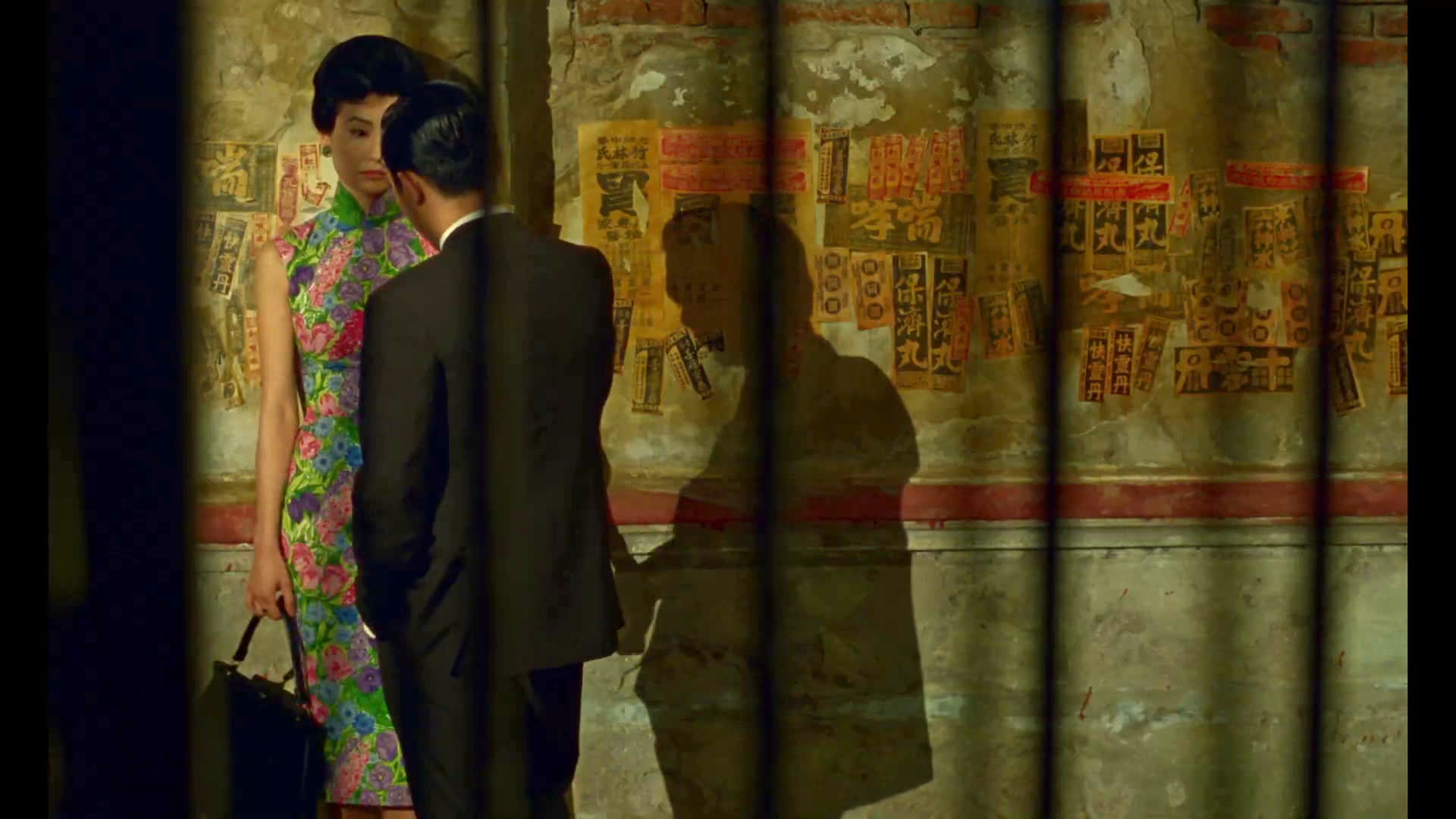
Stavrogin: . . . in the Apocalypse the angel swears that there will be no more time.
Kirillov: I know. It’s quite true, it’s said very clearly and exactly. When the whole of man has achieved happiness, there won’t be any time, because it won’t be needed. It’s perfectly true.
Stavrogin: Where will they put it then?
Kirillov: They won’t put it anywhere. Time isn’t a thing, it’s an idea. It’ll die out in the mind.
— F. Dostoevsky, The Possessed
Chaitanya Tamhane’s The Disciple is a slow knife pierce straight into one’s heart. It starts with a prick, goes in to pierce flesh and before you know, knife is turning into your heart in a rotating motion.
This essay is a random, uneducated and quite rough collection of thoughts on The Disciple and as an extension the notion of time in cinema. This is not a “criticism” or a “review” of the movie either.
The first thing you notice or are awakened to in Tamhane’s films is that probably no one is acting. It is not a co-incidence that his actors seem less like professionals but ordinary people told to repeat their daily lives in front of a camera in an artistic setting. His on screen activists don’t have to imagine how it feels like to care about a cause. The Guru in The Disciple doesn’t need a lesson on devotion and what to feel about his own Guru. Most of the lead characters have “been there, done that” and are doing it once again for our sake. Personally for me, this works brilliantly.
Tamhane once mentioned that he is fascinated by on stage magic and spends a lot of time understanding the art. Dadasaheb Phalke the father of Indian Cinema in many regards also learned magic from some German magicians and started performing under the name of “Professor Kelpha”. Another prolific auteur Satyajit Ray, also performed magic on sets of his cinema.

I am not sure how much Tamhane started following magic and bringing the art into his cinema because of Phalke and Ray but surely there is something to be said about the continued marriage of these amazing art forms. Magic as an art form is so much about breaking down of walls between the performer and the audience, the invitation to enter another realm and most importantly according to Tamhane, “the management of expectations.”
Another pivotal tool in Tamhane’s film making is time. Andrei Tarkovsky says, “ .. time becomes the very foundation of cinema: as sound is in music, colour in painting, character in drama.” . The best way to think about cinema is not to compare it to paintings, literature or even photography. The best way to think about cinema is to compare it with time based arts like music or ballet. Think about it, the activity of reading a book is not bound by time. You can essentially create your own rhythm while reading a book. In cinema and in music, the creator is a dictator of time aspects of the creation and the consumer also consumes the maker’s impression of time.
I love cinema, mostly because they deal in time first. And it deals in architecture, design, and a constrained environment. “Time, captured in its factual forms and manifestations: such is the supreme idea of cinema as an art.”, said Tarkovsky.
To follow this logic of cinema making to its end is to see which film maker has a distinctive brand of time-flow through their cinema and convince the watcher to sympathise with the maker’s time-flow or make it his (or her) own. At this point you can also ask yourself a question of which film or film maker makes your seconds spent watching frames on a screen more feel more sacred? What films make your second count and do scenes presented to you have optimal time-pressure?

I feel The Disciple has a distinct time pressure and a very excellent impression of time. The Disciple ventures out to build an inner world of Hindustani classical music for the watcher to inhabit. We are being introduced to the intricacies of the world through the eyes of Sharad Nerulkar and through the voice of “Maai”. Some scenes where Sharad and his Guru are performing, the long takes, help us set the pace and establish in our minds the distinctive time-flow of Tamhane. We are made acutely aware of the “mood” of the auditorium where Sharad is taking part of in a competition. We are made aware of Sharad’s preparation the night before through single long takes where we are barely allowed to leave Sharad alone. Sharad stays with us and we get the opportunity to take part in his anxiety and nerves.
The importance of establishing a milieu, a time and space bubble which invites you into the world of Sharad can not be overstated. The space which Sharad inhabits in the first part of the movie is somewhat distinct from the second half and you understand what has changed. These are the situations exactly where time-flow and time-pressure in each scene make an inordinate impact on the watcher. It is also to be noted, according to me (and probably others) in this kind of cinema, the plot becomes of lesser importance and the setting (milieu?) of the film becomes paramount. Beautiful usage of time as a tool invites the watcher to make the setting his/her own and hence dispenses with the need for a strong story arc to establish a connection.
What now happens is that the watcher starts living the character and what “happens” to the character is somewhat of lesser importance than what the character’s “state” is. Scenes built in long takes always lead to many more possibilities and takes the viewer out of the tiresome “cause-and-effect” dynamics and “into” living the scenario. The Disciple basically invites us into a moment rather than does the tedious job of preparing us for the next. Longer takes are a way that Tamhane uses to gives you control of Sharad’s mind, at least the illusion of it.
The beauty of The Disciple is that it constantly pins us to the present moment and forces us to ask questions of ourselves and what would we like to happen next? The beauty of a move like The Disciple is that the character is the story and the “actions” and “events” happening are now continuous/deep and not discrete/uninteresting new information. The tyranny of the narrative basically snatches and thieves time from us, we give up space, we give up “being in” the cinema. The Disciple hence can be somewhat called “post-narrative”?
Another interesting observation about The Disciple I feel is that it is deeply situated in a subculture and a community. The characters deeply resemble personas in the Hindustani music subculture and the act of movie making for Tamhane feels more like artistic documentation and observation than “staging” of a story. The style Tamhane chooses to document a slice of the large subculture also helps the movie to live on for a much more longer time and space. This is an underrated quality of a film like ‘The Disciple’.

Of course there is a lot more to be said here about what the films other themes like ambition, the act of surrendering to a mission, purity of musical endeavours, the search for life long partnerships, listening to and adhering to voices not your own, how much to follow your Guru and when to chart an independent path, and many many others. Each of these themes deserve a separate investigations on their own.
One cant talk about “The Disciple’ without talking about “Court”. One can not help but notice the strong groundings of both films in “realism”. From watching the portrait of Shahir Amar Sheikh behind Narayan Kamble during his performance to witnessing public prosecutor Nutan cutting vegetable on the local train back home, these scenes unapologetically bring us to close to life and makes the movie unbearably familiar sometimes. The surprise, frustration and novelty for us is that we are forced to witness something that we choose to become blind too. Here again, Tamhane seems to be indulging in the act of artistic documentation and the focus is the setting and not the story, the values and not the events, the character’s inner lives and not the narrative.
I like cinema which is driven by an auteur and obviously there should be more of such cinema. An auteur I strongly feel takes bigger emotional risks and has to invest much more to invite the audience which makes the output much more fruitful for me.
There are I feel two types of movies (there are others, I choose to not talk about them):
- the cinema which invites you in and gives you a sense of ownership
- the movies in which you are declared dumb and you are only good enough to get the next scene as soon as possible so your eyes are full
In good cinema, the present moment is always big on the future and in some other cinema the next moment/scene is brought to you before the present catches on. Thee difference between these two kinds of cinemas I think is how a director values time. Next time you watch a movie just ask a question? Does actions dictate time? Or the time and space of the movie encapsulate action/drama or the narrative.
In The Disciple each and every scene has a blanket of time over it. You have to find a better writer to say it better than me. I can’t explain it better than this.
Things I have not spoken about in this essay that I would have liked to talk about:
- Sincerity in Cinema
- Realism in literature and parallels in cinema
References:
- Sculpting in Time
- Movies “Court” and “The Disciple” can be found on Netflix.